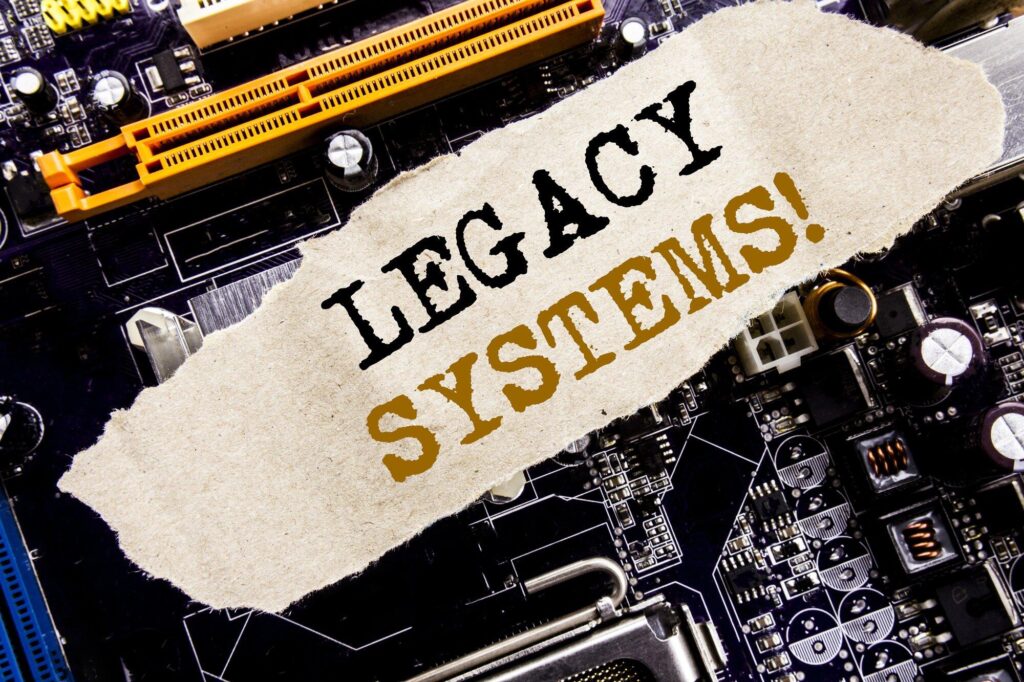Unsurprisingly, software engineers were among the first to start searching for places to improve the efficiency and accuracy of their work with Artificial Intelligence. More than a few were critical in making the technology work from the beginning. After all, if we configure machines with the ability to learn from experience, adjust to new inputs,
Breaking complex applications down into simpler components can be a game-changer for organizations willing to rethink their architecture as a collection of ‘microservices.’ With a microservices approach, you’ll build applications as a collection of loosely coupled, independent services that communicate with each other via APIs. Get it right, and you’ll achieve several advantages, including greater
Imagine running a company with powerful marketing strategies and premier products. Your business also has stellar branding. However, you have a difficult time leveraging the technology at your business. This can make it impossible to reach your target metrics. Issues like these are some of the many reasons approximately 20% of businesses fail within the
Moving code from COBOL to Java is a viable modernization win for companies looking to remain competitive. If you’re currently transitioning some of your workload from COBOL to Java or considering it, you’ll quickly discover the need to ensure the transition is seamless and doesn’t interfere with critical operations. These strategies will arm you with
Modernizing legacy systems gets tougher the faster technology advances, and our modern times are no exception. With a shrinking pool of programmers skilled in older languages like COBOL, RPG, DDS, and CL, we have a new dimension to that problem. In part 1 of this article, we took a brief look at the history of
Cloud migration is a hot topic for businesses seeking to capitalize on the technological advancements of the 21st century. There are many paths to follow, and picking out the right one is a worthy, if not critical, task. To help you on our journey, we have produced a three-article series on the 7 Rs of
Transitioning an organization’s data, applications, and infrastructure from on-premises servers to cloud-based platforms is a complicated project. It’s also a potentially paradigm-shifting move that can boost scalability, flexibility, cost savings, and performance, all in one big effort. Research and planning for a cloud migration project can go a long way to smooth the transition and
Cloud migration has become critical for companies hoping to modernize and compete with optimal agility. Fortunately, many companies that have already made the move provide us with some important lessons learned that can help us lay out a workable blueprint for our projects. In this article, we will explore the evolution and development of cloud
For many businesses, legacy systems started life as a powerful tool to gain market share. Now, these systems present serious challenges that threaten their competitiveness. For modern organizations to remain competitive, that monolithic thing that keeps critical processes humming and business objectives intact needs to be maintained, updated, and integrated with shinier, newer technologies. To
Robotic Process Automation (RPA) has been hailed as a game-changer, promising increased efficiency, productivity, and business cost savings. And deservedly so. However, amidst all the excitement and buzz, it’s always a good idea to delve deeper and acknowledge the limitations and challenges that come hand-in-hand with a brand-new game-changing technology. Let’s explore some of the











